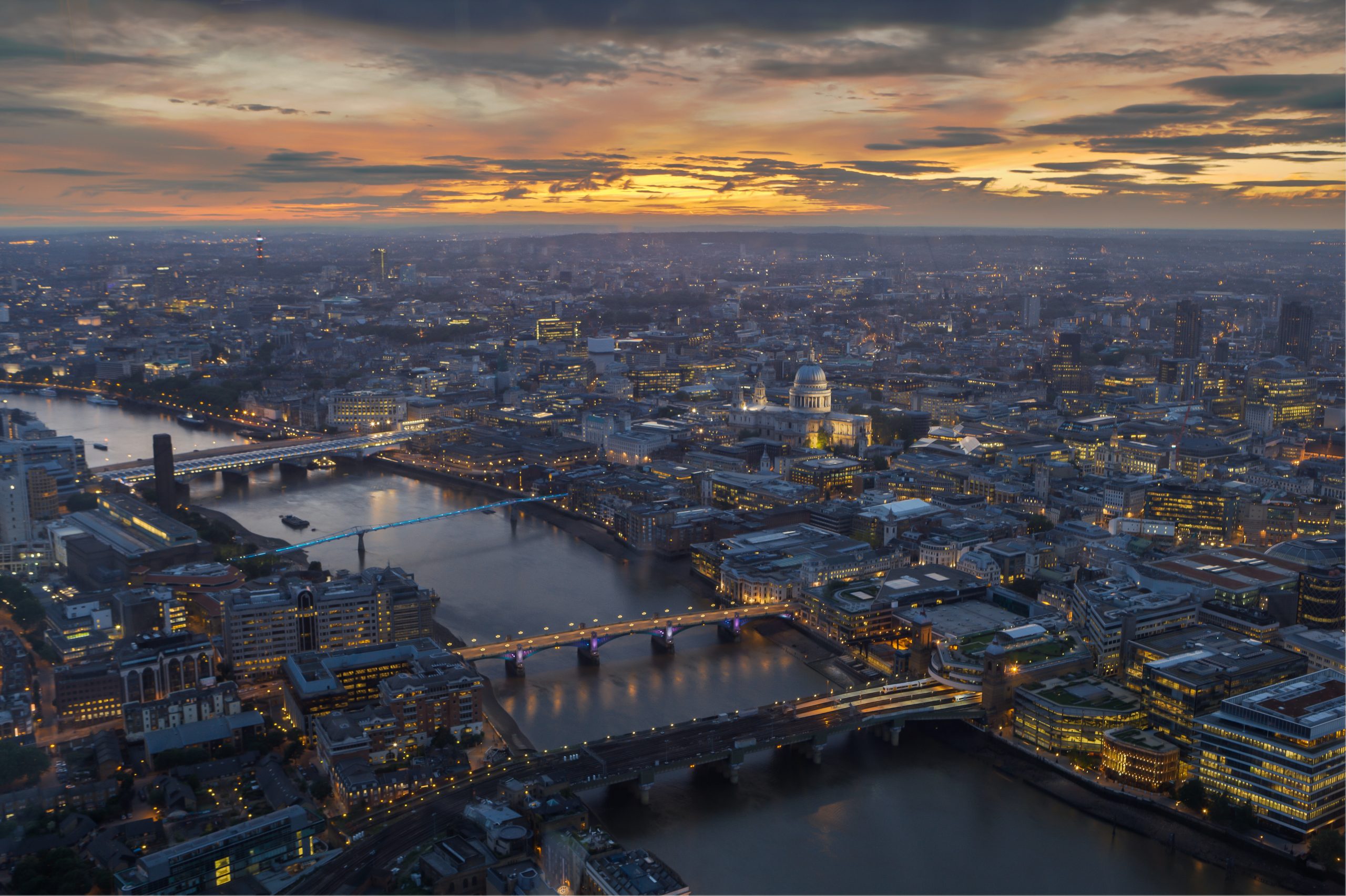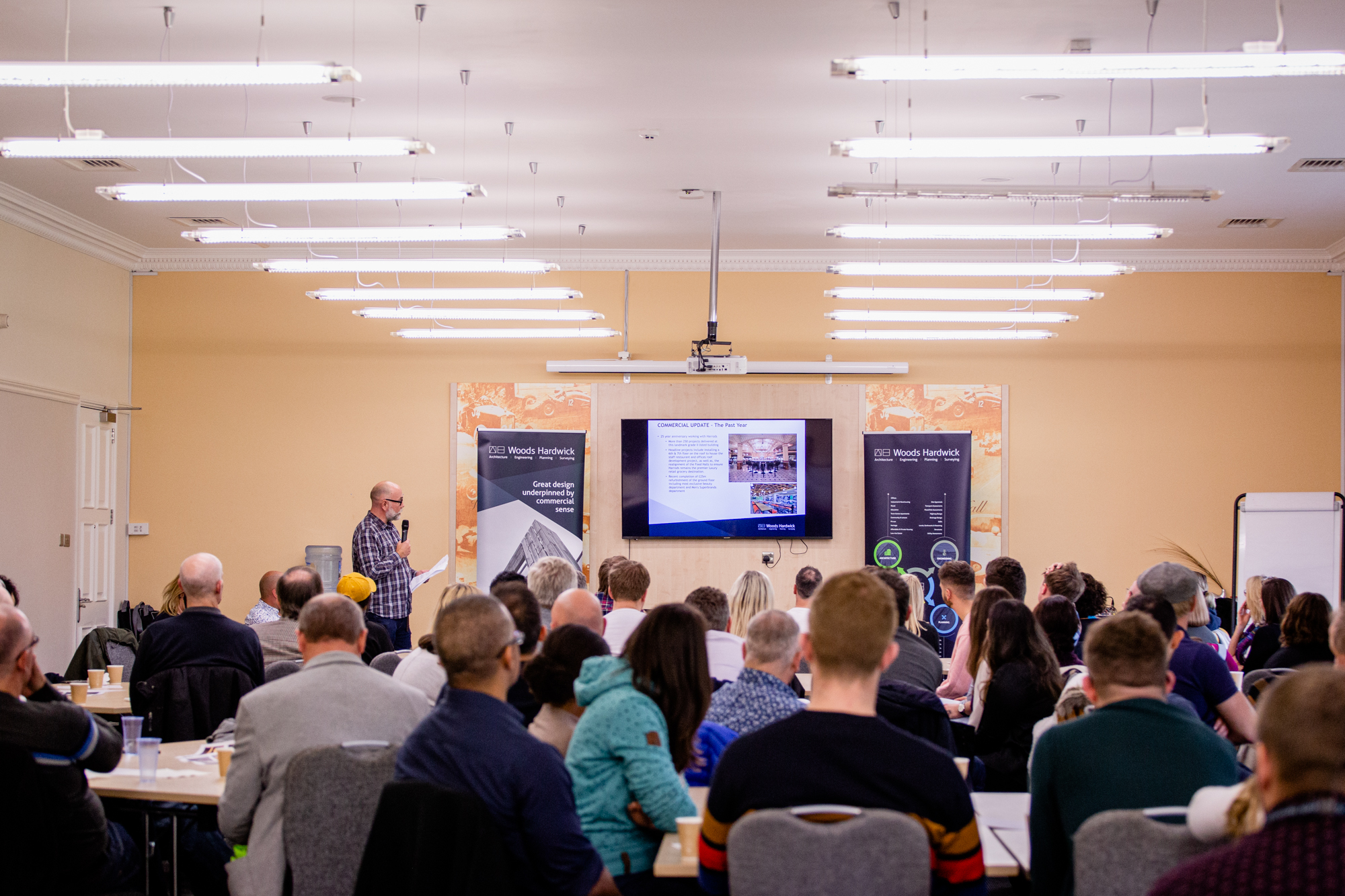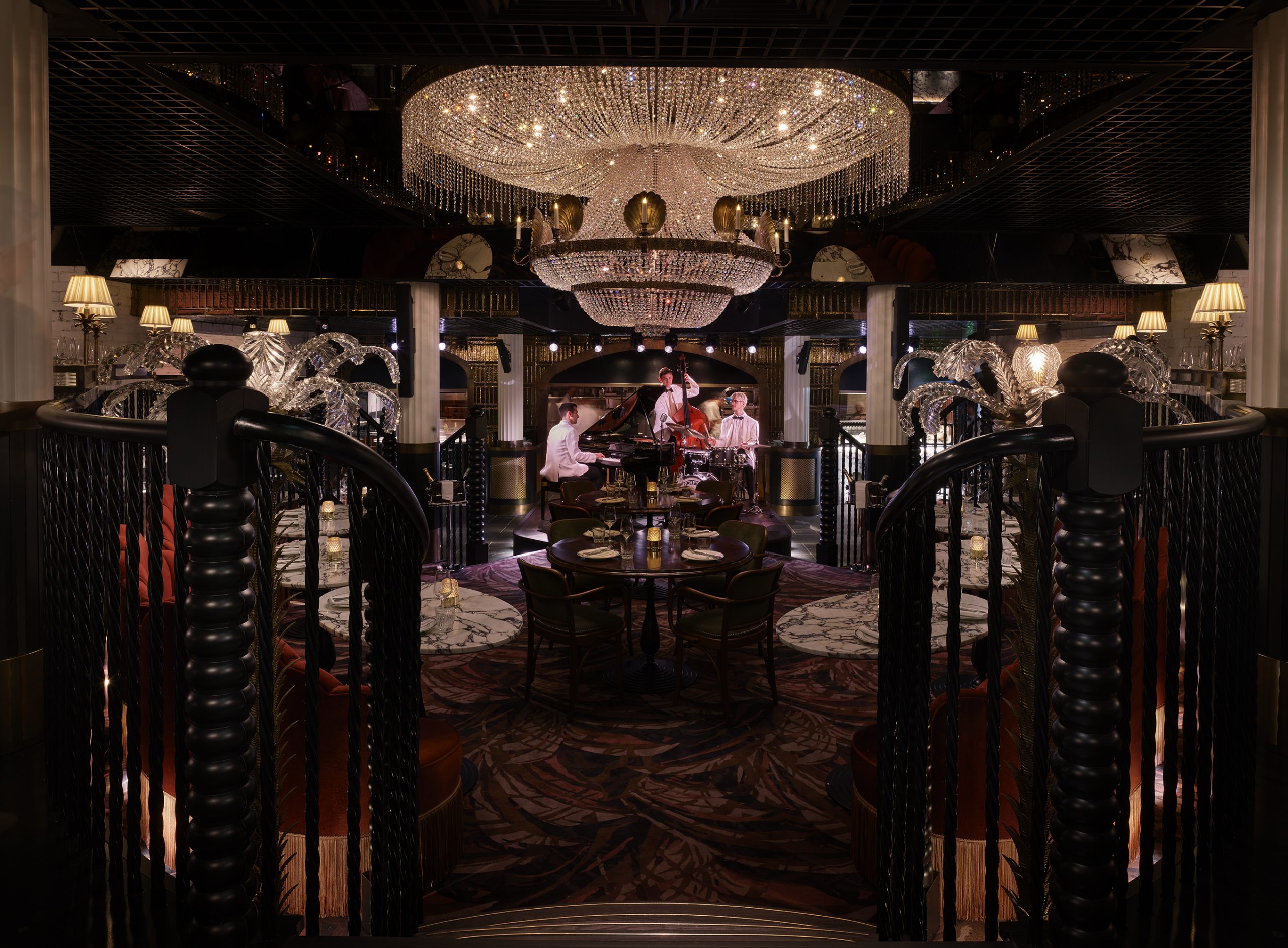
Planning for the future of London – Planning Director, Paul Woods shares his experience and views on how to deliver development plans for London
Paul Woods is one of Woods Hardwick’s Planning Directors, and manages the Planning business in our new central London office. Having joined the team in June 2020, Paul was formerly Managing Director of Edge 4 Planning, and Director and Head of Infrastructure Planning at UK Planning practice, GL Hearn, part of Capita Plc.
Here we find out more about Paul’s vision for London and how the Woods Hardwick Planning and Architecture teams are bringing their multidisciplinary expertise to the capital.
What are the key issues that face planners in London currently?
A key issue for Planners over the next 20 years or so is the challenge meeting London’s growth requirements and housing needs. The London Plan was recently adopted in March this year and identifies a 10-year target requirement for 522,870 net housing completions over the period 2019/20 – 2028/29, equating to over 52,000 additional homes per year across London. The Plan recognises that delivering the housing London needs will be a huge challenge that will require everyone involved in the housing market to work together.
This will mean increasing densities of new developments, particularly in well-connected areas, and optimising site capacity through a design led approach to development. The Mayor is also looking to small sites of below 0.25 hectares to make a substantially greater contribution to new supply across the City, as well as what’s known as ‘meanwhile’ use of sites for housing to make efficient use of land while awaiting longer-term development. Even so, the Mayor recognises that given the pressure for growth in both London and the wider South East, it is prudent to plan for longer-term contingencies and is therefore looking to work with willing partners beyond London to explore the potential to accommodate more growth in sustainable locations outside the Capital.
Another key issue is the repurposing of London’s town centres. Our town centres were going through a structural change even before the pandemic, and there will be a need for flexibility of approach and for key stakeholders to work together on strategies for renewal if the health and vitality of London’s town centres is to be maintained.
Can you tell us more about the projects you are currently working on?
Our architects have worked with a major retailer in Knightsbridge for more than 25 years and the planning team has recently become more involved in a number of projects. For example, our planners secured planning permission and listed building consent last year for a new combined heat and power unit at roof level, while in the summer this year we secured planning permission and LBC together with our architecture colleagues for the reconfiguration of the roof terrace plant in connection with a new retail offer.
We are currently advising on the conversion of a Grade II listed building in Belgravia in the City of Westminster. We secured planning permission and listed building consent in March this year for ‘Use as seven residential flats (Class C3) including the installation of plant at lower ground floor level and associated external and internal alterations’. Land use policy and the heritage benefits of the project were key issues. The project involved significant pre-application discussions and negotiation to show that the heritage benefits of the scheme out-weighed the policy protection of existing House in Multiple Occupation units. We are currently advising on amendments to the scheme and discharge of conditions to facilitate a start on site.
Another very exciting project is working with our commercial architectural colleagues, acting for a new restaurant, The Maine. This has covered the fit out works/alterations and discharge of conditions in relation to its occupation of the ground and two basement level floors of Grade II* listed 20 Hanover Square in the Mayfair Conservation Area. We secured listed building consent in April this year for internal alterations at ground and basement levels. In July we secured planning permission and listed building consent for works to the rear ground floor elevation and external terrace area, including replacement wall lights and new signage, replacement door handles to external doors, alterations to existing pergola structure to include new fabric awning covering and new retractable awning and provision of new planters, acrylic and metal screens and decorative electric fireplace.
What has been the most challenging project in your career so far?
I have had the privilege of working on a number of high-profile and challenging projects across many sectors in the London region over the course of my career.
Infrastructure projects can be both challenging and interesting from a professional perspective and some of my key projects have included acting for Barnet Council in securing planning permission for the delivery of key transport infrastructure to serve Brent Cross Cricklewood, one of Europe’s most ambitious regeneration projects, including a new railway station; acting for Network Rail on proposed station improvements at Kings Cross and Euston mainline stations; acting for Crossrail in securing planning permission for a replacement bus deck at Westbourne Park; and leading the planning team advising London Luton Airport Ltd on its proposed airport expansion in the early stages of the Development Consent Order process. The complexity of such projects and requirement to engage with local communities and key stakeholders makes their delivery particularly satisfying.
I have also had extensive experience of working in London’s West End, which can invariably raise key issues of design and conservation in relation to heritage assets. During my time at ESA and then Capita, I advised the Howard de Walden Estate over a number of years relating to projects across its Marylebone Estate, including a site where I secured planning permission and conservation area consent for demolition behind the retained façade of five adjoining ‘unlisted buildings of merit’ to create large office floorplates not previously available on the Estate. Key to the negotiation was to show that over the course of the life of the new building, the carbon savings of the project would outweigh the carbon expended in demolishing and rebuilding behind the retained façade.
What is the dream project for the Woods Hardwick Planning team?
The planning team at Woods Hardwick gets involved in a wide variety of projects from changes of use and prior approval applications for permitted development schemes up to large scale residential schemes and strategic logistic and employment projects. We relish a challenge and the opportunity to work closely with clients to develop planning strategies to realise their development objectives while at the same time responding to local context and community needs, as well as the climate agenda.
I wouldn’t say we have one dream scheme, but the types of projects we aspire to are those that can deliver change for good to a local area, whether it be helping to meet housing and employment needs, or the regeneration of urban areas.
To speak to Paul about your next project, get in touch here.



